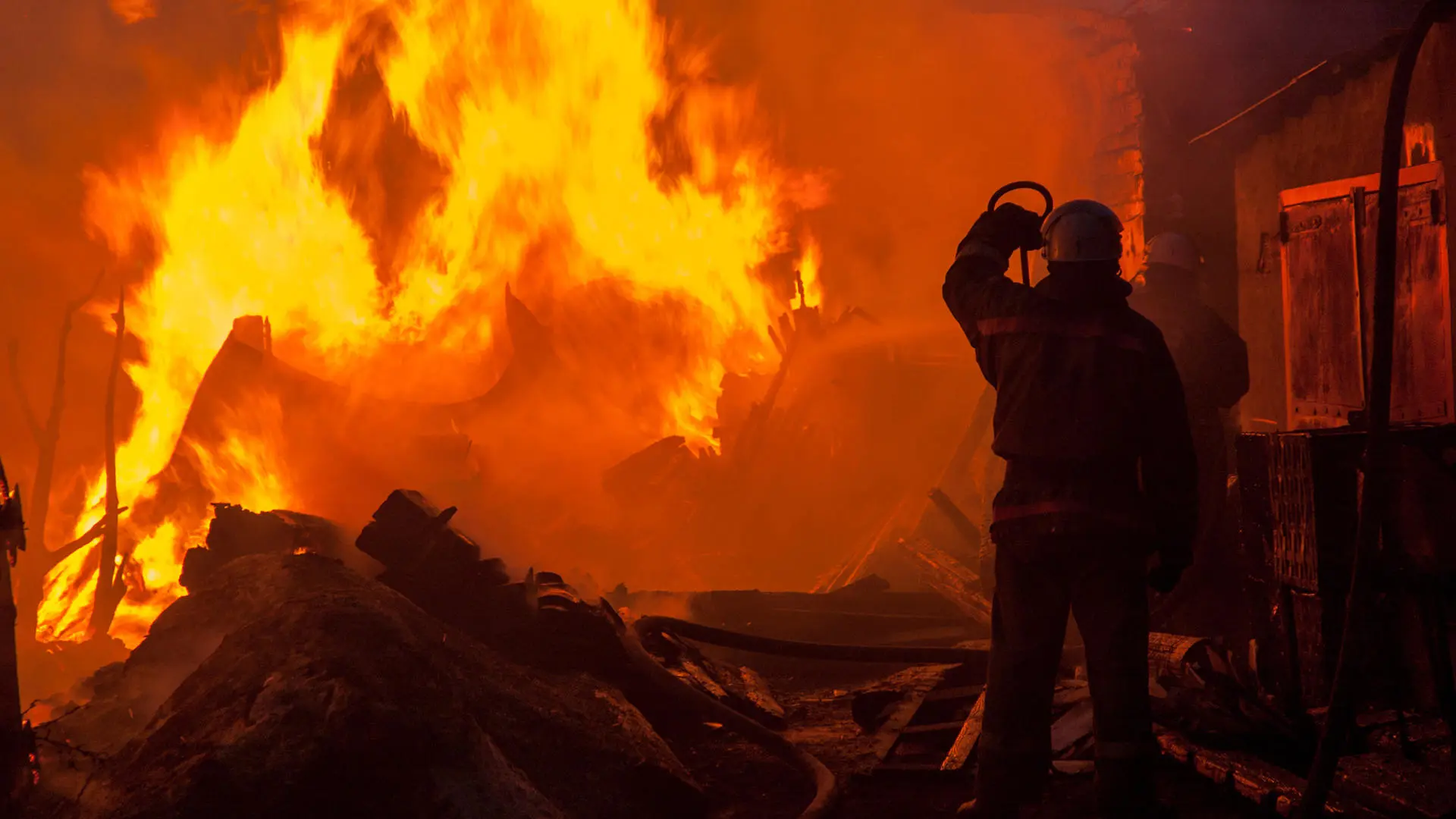Ignitability and flame spread techniques
In addition to our specialised research equipment, we also have a number of ISO, EN, BS and ASTM standard tests for ignitability, flammability, and heat release determination.

These can be modified for use in research programmes but are also available as standard tests so that materials and product behaviour can be determined in a standard manner and results directly related to the requirements of industry and regulators.
Our equipment
Radiant ignitability test (BS 476, ISO 5657)
Radiant ignitability test (BS 476, ISO 5657) measures the ease of ignition, with a pilot flame onto a horizontal surface during radiant heating.
Specimens are mounted horizontally on the pressing plate and exposed to thermal radiation on their upper surfaces at selected levels of constant irradiance within the range of 1 to 5 W cm-2 (10-50 kWm-2). At regular intervals a pilot flame is raised, and lowered to a position 10 mm above the centre of each specimen, to ignite any volatile gases given off.
Flame ignitability apparatus (ISO 11925-2)
Flame ignitability apparatus (ISO 11925-2) measures surface and edge ignitability, and flame spread of films and sheet materials with small flame ignition. This test forms part of the European flammability classification (Construction Products Regulations) for building materials.
Inside a controlled ventilation enclosure, with heat resistant, glazed doors provided for observation in the front and one lateral side, a burner is mounted on a horizontal plate so that it can be moved smoothly forwards and backwards towards the specimen. The burner is fitted with a fine adjustment to ensure accurate control of the flame height.
The test can be near the middle of a flat sheet (face ignition) or at the bottom (edge ignition). Laminar flow ventilation of the enclosure is ensured through the grid in the base of the enclosure. The burner is designed so that it can be used vertically or be tilted at 45° with respect to the vertical axis. The apparatus is ideally suited to assessing the rate of vertical flame spread up material or product.
Bunsen Burner Tests: Small Flame Ignition and Flame Spread tests
Bunsen Burner Tests: SmallFlame Ignition and FlameSpread tests: UL94 (EN 6069511-10 and ASTM D 635-03 and D3801-00) these are simple,practical and widely used testsfor ignitability and flame spreadusing a fairly realistic set of firescenarios. they provide theoften quoted V-0, V-2 And HBratings.
Flammability test for motor vehicle interiors (FMVSS 302, ISO 3795)
Flammability test for motor vehicle interiors (FMVSS 302, ISO 3795)The test is used for determining the horizontal burning rate of materials used in the occupant compartment of road vehicles (for example, passenger cars, lorries/trucks, estate cars, coaches), and of tractors and machinery for agriculture and forestry, after exposure to a small flame.
This method can be used for testing materials and parts of the vehicle interior individually, or in combinations up to a thickness of 13 mm. It can be used to judge the uniformity of production lots of such materials with respect to their burning behaviour.
The sample, held horizontally in a U-shaped holder, is exposed to low-energy flame for 15 s in a combustion chamber. The test determines if and when the flame extinguishes or the time in which the flame passes a measured distance.
